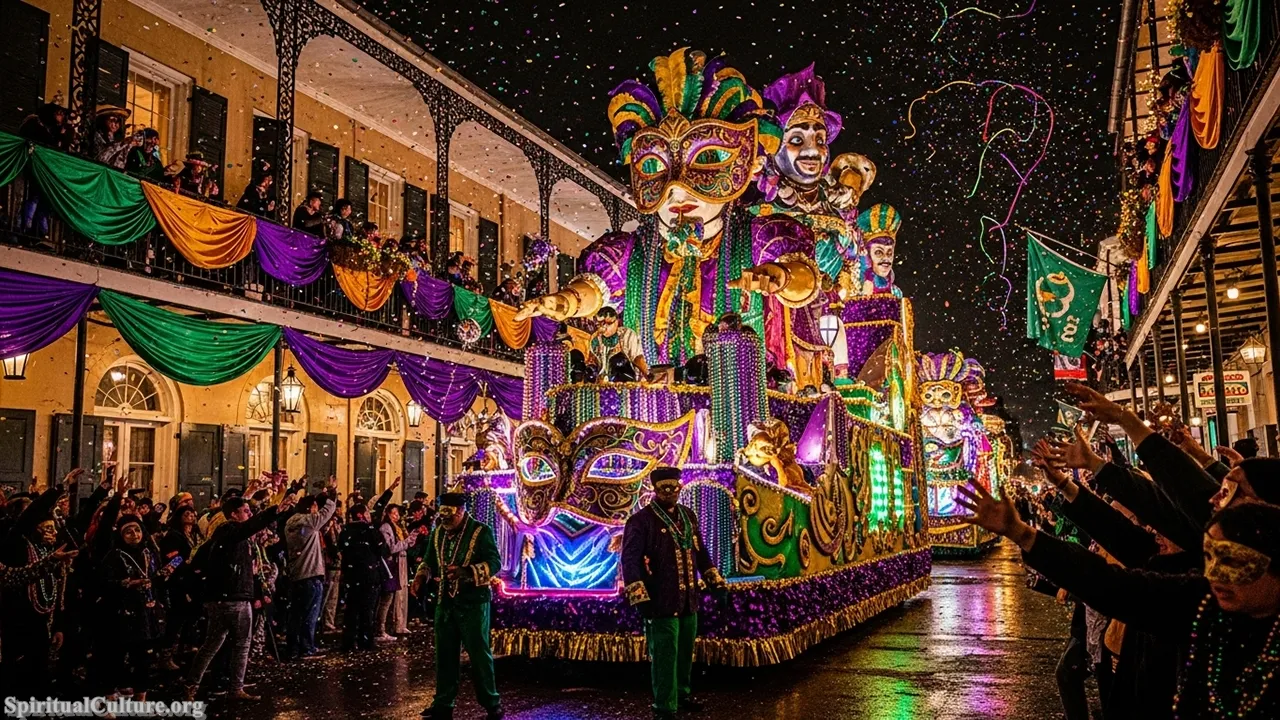In every corner of the earth, from quiet mountain temples to village shrines and urban cathedrals, people have long sought the divine through traditional spiritual practices. These rituals, rooted in generations of culture and sacred memory, have shaped identities, offered belonging, and connected the finite with the infinite. Yet in our age of instant communication, cultural convergence, and relentless modernization, these ancient pathways are facing unprecedented transformation.
As Spiritual Culture, we invite you into a deeper reflection: What happens when globalization meets the sacred? How do traditional practices survive — or evolve — in a world that is always moving, always merging? This article will explore the profound ways globalization reshapes, challenges, and sometimes enriches traditional spiritual life across the globe.
Let us walk together into the heart of this tension — where old meets new, and spirit seeks continuity.
The Rise of Globalization: A World More Connected Than Ever
Defining Globalization in the Spiritual Context
Globalization is more than economics and politics. It is the intertwining of cultures, values, and worldviews — a vast web of interaction and exchange. In a spiritual context, this means traditions are no longer confined to their geographic roots. They travel — through media, migration, tourism, and technology.
Cultural Exchange or Cultural Erosion?
On one hand, globalization allows ancient wisdom to cross borders. People from New York to Nairobi now chant mantras, practice yoga, read Rumi, or light Shabbat candles. On the other hand, as spiritual symbols become globalized, they risk becoming diluted, commercialized, or detached from their original meaning.
Example: Yoga in the West
Yoga, a deeply spiritual practice rooted in Hindu philosophy and centuries of disciplined practice, is now a global phenomenon. While many have found physical and emotional benefits through modern yoga, its spiritual essence is often lost in translation. What was once a path to moksha (liberation) is now frequently packaged as fitness — stripped of its ethical roots and devotional depth.
The Loss and Reinvention of Tradition
When Modern Life Interrupts Sacred Rhythms
Traditional spiritual practices are often tied to rhythms of nature, community life, and inherited rituals. But in a globalized world, these rhythms are disrupted. Urban migration pulls people away from ancestral lands. Work schedules replace festival calendars. Digital distractions invade sacred silence.
Example: Shamanic Practices in the Amazon
Many Indigenous communities in South America face declining participation in traditional ceremonies as younger generations move to cities, influenced by global media and disconnected from tribal cosmology. Shamans speak of spirits no longer being heard — not because they’ve gone silent, but because the listeners have changed.
Hybrid Spiritualities: A Sign of Loss or Renewal?
While some mourn the erosion of “pure” traditions, others see hope in their adaptation. New spiritual expressions often blend traditional elements with global influences — forming hybrid identities that still seek the sacred, just in new dialects.
Case Study: Afro-Caribbean Religions
In places like Cuba and Brazil, traditions like Santería or Candomblé have absorbed Catholic imagery, African deities, and modern sensibilities. These syncretic practices reflect both resilience and evolution — a way of holding onto ancestral power while responding to the forces of cultural change.
The Commercialization of the Sacred
When Spirituality Becomes a Commodity
Globalization’s marketplace does not exempt the sacred. Spirituality is increasingly commercialized — turned into products, retreats, apps, and experiences. While accessibility has increased, so has superficiality.
Example: Indigenous Symbols in Fashion
Sacred patterns, feathers, or beads from Native American or Aboriginal traditions are now found on mainstream clothing and home décor — often without permission, context, or understanding. This appropriation not only disrespects the sacred but erases the living cultures behind them.
Sacred Tourism and the “Experience Economy”
Pilgrimage is an ancient tradition — a journey to the holy. But in our age, many sacred sites have become tourist attractions. The line between reverence and recreation blurs. The traveler becomes a consumer, and the sacred is sometimes treated as spectacle.
Technology and the Transformation of Ritual
The Digitalization of Devotion
In the COVID-19 era and beyond, many religious communities turned to livestreamed rituals, virtual prayer groups, and digital pilgrimages. For some, this was a lifeline. For others, it raised questions: Can sacred presence be felt through a screen? Can a Zoom meditation hold the same silence as a forest shrine?
Ancient Wisdom in a Digital World
Still, technology has made teachings more accessible. Buddhist talks, Quranic recitations, Bible studies, and sacred music circulate widely — sparking interest, learning, and sometimes deep transformation across the globe.
Global Interfaith Dialogue and Awareness
Thanks to the internet, people can now study faiths they never encountered growing up. A Muslim might study Zen; a Christian might learn about the Vedas. This creates unprecedented openness — but also demands discernment, humility, and deep respect.
Preservation Efforts: Keeping Traditions Alive in a Global Age
Community Revivals and Cultural Education
Around the world, elders, spiritual leaders, and cultural activists are working to preserve endangered traditions. From language revitalization to traditional dress, from story circles to intergenerational rituals, there is a movement to remember — and re-root.
Example: Maori Spiritual Reclamation
In New Zealand, there has been a powerful resurgence in Maori spirituality. Sacred places (wahi tapu), chants (karakia), and community protocols are being revived in schools, media, and public life. This shows that globalization doesn’t always erase — sometimes it amplifies what was nearly lost.
Role of Diaspora Communities
Migrant communities often become stewards of their traditions in new lands. Temples, mosques, churches, and cultural centers serve not just as places of worship, but as hubs of identity. Through these spaces, tradition travels — and sometimes flourishes — across continents.
Ethical Questions: Who Owns the Sacred?
Appropriation vs. Appreciation
When does cultural sharing cross a line? Can a sacred chant be used in pop music? Should traditional medicines be patented? These are not easy questions. They require dialogue, consent, and above all, reverence.
A Sacred Principle: Respect as the Starting Point
In all spiritual traditions, humility is central. Whether approaching a new faith or honoring your own, the heart of spirituality is not possession, but presence. To respect the sacred is to listen — deeply, attentively, with love.
Reflect and Reimagine
Globalization is neither wholly good nor wholly bad for traditional spiritual practices. It is a force — powerful, complex, and double-edged. It can homogenize, but it can also harmonize. It can erase, but it can also elevate.
As Spiritual Culture, we believe this moment calls for mindfulness. Let us walk with awareness — honoring the sacred roots while opening to the winds of change. Let us ask not only what is being lost, but what can now be found?
In your own journey, you may find yourself torn between heritage and modernity. But the deeper invitation is this: To live the sacred, wherever you are, with reverence, integrity, and joy.
🕊️ May the wisdom of old and the openness of now guide you toward what is timeless.




